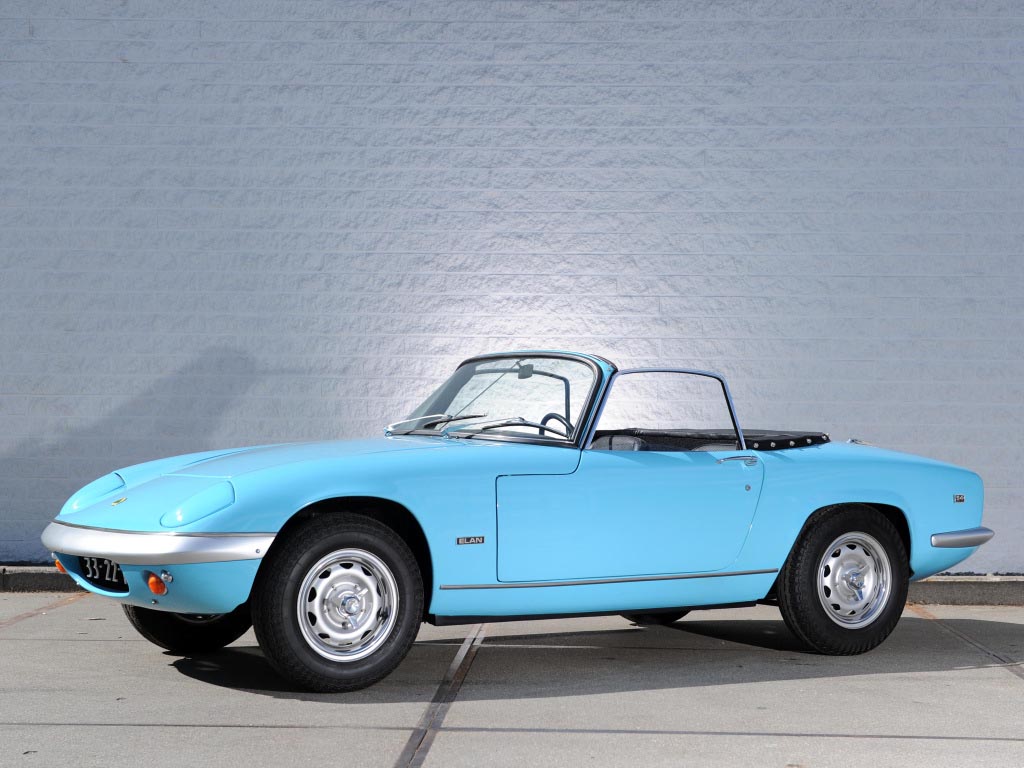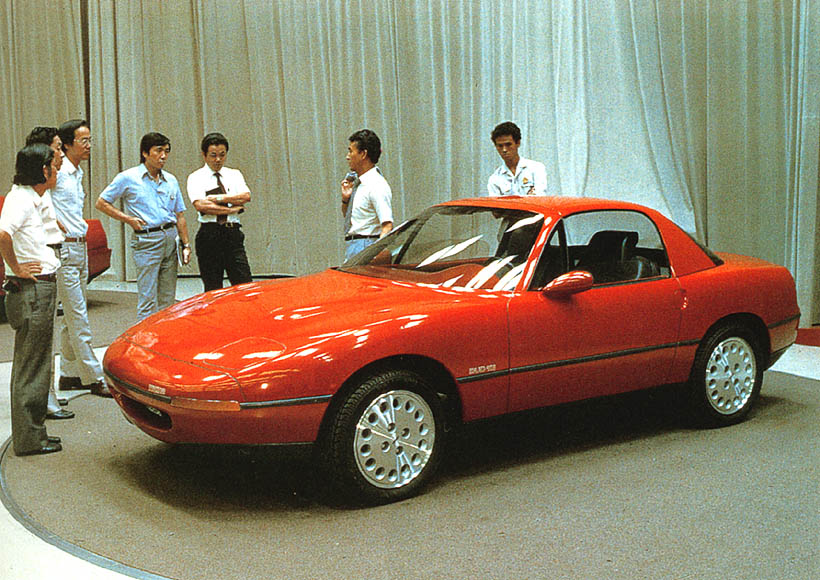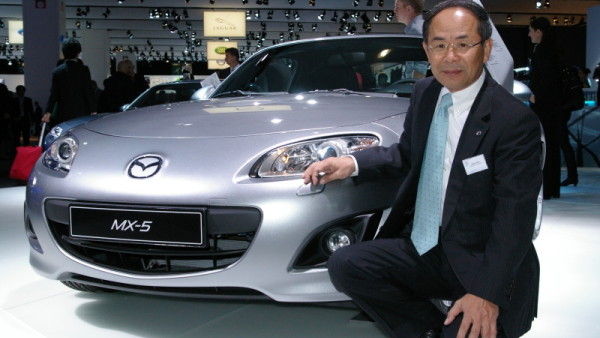"The Mazda K360 truck may not look very evolutionary at first glance. But look beyond the lack of wheels, and you’ll find a smartly designed tiny truck that offered reliable (and dry!) transportation to the masses. It also influenced "

The birth of the MX-5
The birth of the world's most popular sports car
Our Japanese friends are a thoughtful, spiritual lot. It was their spiritual reflections on the famous lightweight British sports cars of the 60s and 70s that led them down the path to creating what was to eventually become the world’s most popular sports car – the MX-5.
Of course it was Hiroshima-based firm Mazda who produced “our” beloved little roadster, but it took the Mazda boffins a little while to get the recipe right. The affection held for the British sports cars of the past that inspired the engineers and designers meant only the best would do. So, where did they begin?
The ball got rolling way back in the early 1980s, as Mazda decided it would build a new sports car and made design departments in California and Toyko face-off against each other. The “lightweight sports” concept had been conceived and now it was up to two talented design teams to come up with a style that could make it into production. California’s team decided that the layout should be front engined, rear-wheel drive to mimic the layout of cars like the Lotus Elan, one of many great British sports cars.

Toyko, however, favoured the more modern front engined, front-wheel driven layout. Thankfully for all of the driving purists out there, California won that little debate.
Cali also won the main design competition eventually anyway, so the original NA MX-5 was born out of America. Not long later, the project was then moved back to Japan though as Mazda decided to go all-in on producing the car. In January 1986, Mazda endorsed the project – it was going to happen. Throughout the process, Mazda famously used a design philosophy they called ‘Jinba Ittai’. This roughly translates to mean “horse and rider as one”, inspired by how a horse reacts naturally to the movements of an archer riding it and how they work together as one. This was expressed in five core design requirements – That the car would be as compact and as light as possible while meeting global safety requirements, that the cockpit would comfortably accommodate two full-stature occupants with no wasted space, that the basic layout would continue with the original’s front-midship rear-drive configuration with the engine positioned ahead of the driver but behind the front axle for 50:50 weight distribution, that all four wheels would be attached by wishbone or multi-link suspension systems to maximize tyre performance, road grip, and dynamic stability, and finally, that a power-plant frame would again provide a solid connection between the engine and rear-mounted differential to sharpen throttle response.

By 1989, all of the hard work and testing – as well as the implementation of that design philosophy – had been done and the car was revealed to the public at the 1989 Chicago Motor Show. Interestingly, Chicago was chosen over the large Detroit event, as Detroit was not particularly welcoming to foreign car companies showing off their wares at the time. As for the Geneva Motor Show, well, the MX-5 wasn’t anticipated to be ready for the European market for a little longer, so it didn’t feel right to launch it over in Switzerland.
The new Mazda MX-5 was pretty much an overnight hit, and at first it was pretty hard for Mazda to keep up with demand. 17 years later, the 1,000,000th Mazda MX-5 rolled off the production line. It is the most successful two-seater sports car in history, but more than that it is loved and admired by people who love to drive all across the world. Now into its 4th generation, the MX-5 has moved with the times, but has always stuck to that ‘Jinba Ittai’ philosophy. You only have to drive one to know exactly what it really means. This is the people’s sports car, in a way, it belongs to all of us. Inspired by British creations, designed in America, brought to life by Japan.

As former MX-5 programme manager Takao Kijima said; “When the car and driver are in perfect harmony, driving is fun.”
You have to wonder how many countless smiles the Mazda MX-5 has given drivers over the years.
CLICK TO ENLARGE









